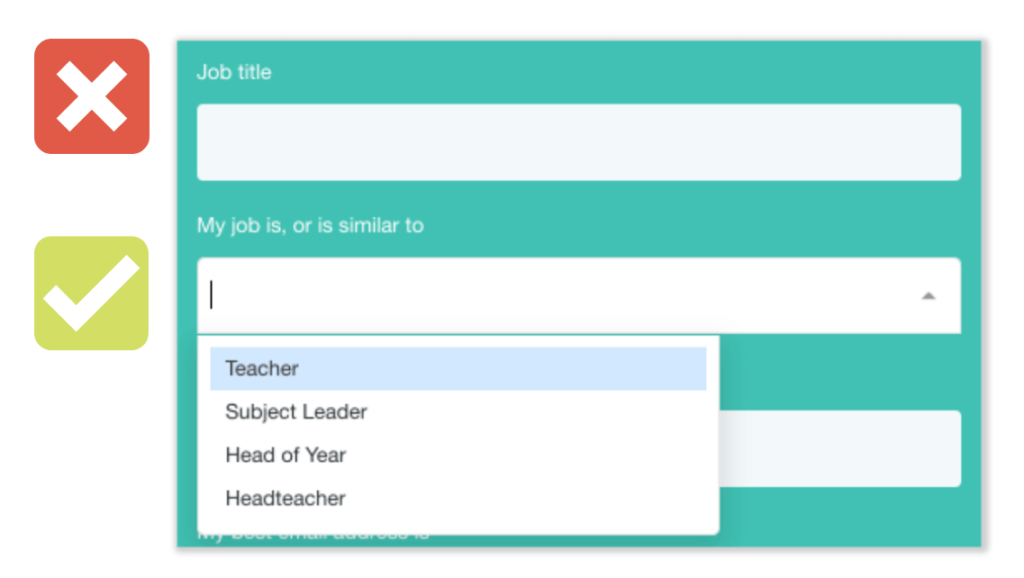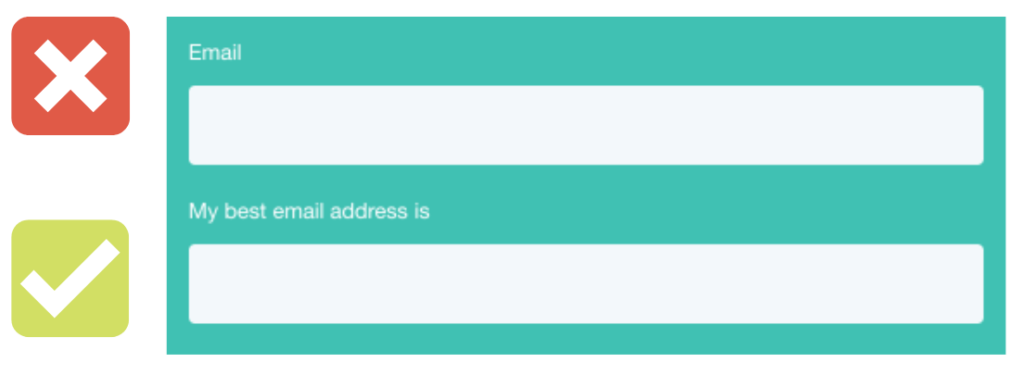
How education brands should handle Trolls and toxic comments
When trolls and ad hecklers target your brand, how you respond says more about your values than they ever could. Knee-jerk reactions won’t work. Silence sometimes will. And other times? You flip the script and turn the hate into headlines.



 ‘Submit’ vs
‘Submit’ vs  ‘Get My Free Access’
‘Get My Free Access’












